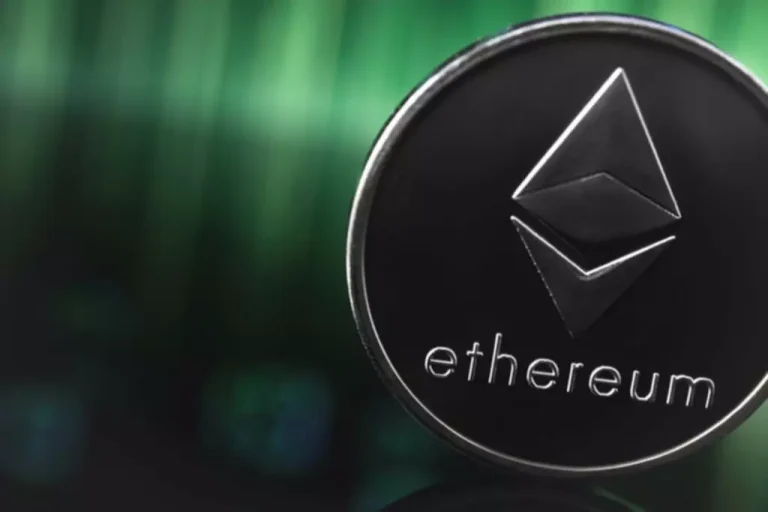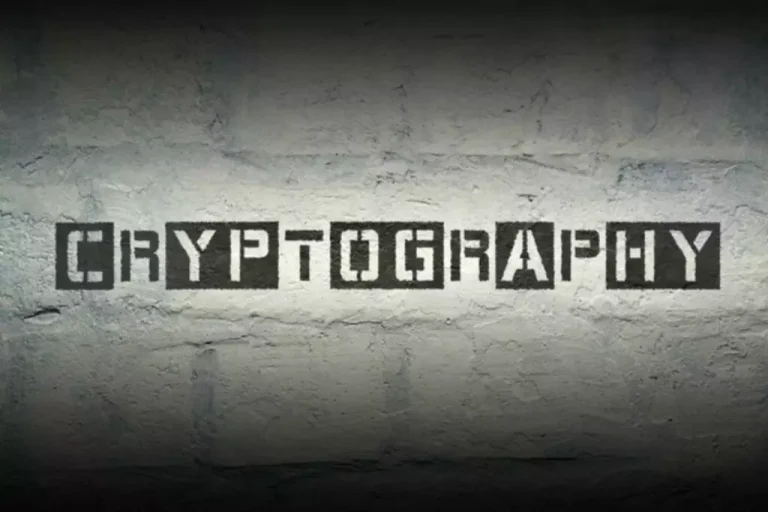Users attach fees to their transactions, denominated within the network’s native foreign money. Validators collect these charges once they course of and ensure transactions, receiving compensation for expending assets. Bridges allow users to move property between networks—helping them escape high-fee environments when needed. This flexibility makes it easier to optimize price without abandoning core ecosystems like Ethereum.

Bitcoin Community Fees
In blockchain techniques, particularly on Ethereum, each action—sending tokens, using dApps, minting NFTs—requires computational work. This work is done by community validators (previously miners), and fuel charges are what you pay them for processing and validating your transaction. Now that you just understand what crypto gas Gas Fees in Crypto charges are in general, it’s time to dive deeper into Ethereum’s construction and see how the fees are used there.

ETH fuel fees are the transaction charges paid to validators on the Ethereum network for processing transactions and executing good contracts. These charges are calculated based on the complexity of the transaction and the demand on the network while processing, with higher demand leading to increased charges. Ethereum gasoline fees play a significant position in sustaining the blockchain’s performance and safety. They incentivize validators, deter network spam, and enable easy transaction processing.
Ethereum uses a system the place fuel charges depend upon how busy the network is. Complex actions, like token swaps or NFT mints, cost more. The value can rise rapidly when many users compete for house in a block. Study what, precisely, fuel fees are, why they fluctuate, how they are calculated, and sensible strategies to attenuate value using tools, timing, and options.
The Place Fuel Fees Are Most Typical
The more code or data concerned, the more expensive it will get. Sui does the same with a model known as “sponsored transactions.” This means someone still pays — simply not the end consumer. In the world of Ethereum, it serves as a unit of measurement for transactions on the network. It Is additionally known as «nanoether» because «nano» signifies one billionth of one thing. Luckily, you don’t often have to do that calculation your self because there are numerous Ethereum fuel charge calculators yow will discover on-line.
- Each transaction you affirm will cost a transaction fee or fuel fee.
- The base payment adjusts with each block (around each 15 seconds).
- While they might appear irritating at first, they play a important role in securing networks, stopping spam, and prioritizing transactions.
- Rollups and Layer 2s (L2s) are networks constructed on top of Ethereum that batch and compress transactions before sending them to the mainnet.
- Fuel fees are like a cashback that you get in return for a well-focused stream of your hardware energy poured into the cryptocurrency community.
- Whether you’re new to crypto or wanting to save money on transactions, this text will stroll you thru every little thing in plain language.
Be cautious when altering charges, as incorrect settings can cause your transaction to get caught or fail. Manually edit the «Miner Tip (Gwei)» and «Max Charge (Gwei)» fields to set the quantity you’re willing to spend on the transaction. So, in 2025 and beyond, gas will act more like a pricing signal — not a barrier. Customers won’t avoid crypto because of cost, however they’ll keep alert to timing and community choice. Consequently, developers are transferring many dApps to Layer 2 by default.
This fee compensates validators and keeps the community safe by stopping congestion and spam. Ethereum fuel charges are the costs of efficiently Proof of personhood completing a transaction on the blockchain. You pay the validators for their electrical energy and computational energy — including a tip to execute the transaction sooner. However these transaction fees can turn out to be a significant issue for merchants as they cut back income — particularly for many who commerce throughout a number of blockchains directly. The upgrade that Ethereum underwent in 2021 made gas fees a lot more predictable. Regardless Of that, network demand is still a BIG factor when determining the fuel fees.

It Is all about finding that sweet spot between urgency and finances. Gwei is a denomination of Ether (ETH), the native cryptocurrency of the Ethereum community. While Ether is often used to describe giant quantities, Gwei is used for small payments, especially fuel charges, the fee required to carry out operations on the community.
Suppose of the blockchain as a world freeway, and gasoline https://www.xcritical.in/ as the toll you pay to drive on it. Now, as exercise shifts towards Layer 2 options like Arbitrum and Optimism, and with more efficient gas compression techniques, Ethereum’s primary internet site visitors has turn out to be lighter. Since the Gas fee is also referred to as work done per unit transactions or work, and it is calculated utilizing the formulation i.e.